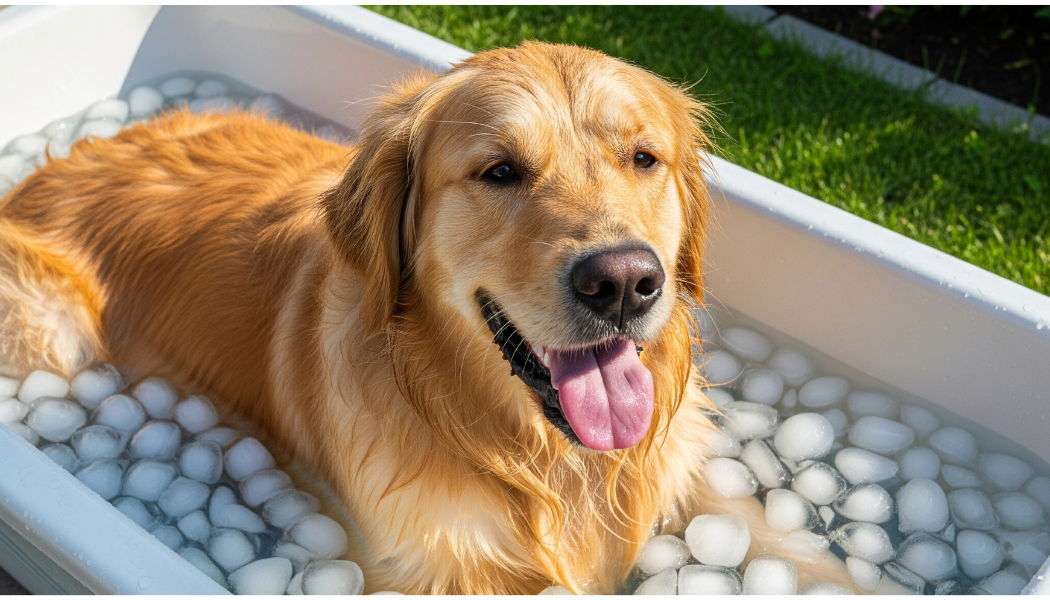Giant yellow hyssop
US Perennials sent me a very healthy, beautiful specimen, which was just planted a week ago, but is already growing very nicely in my garden. Very pleased.
Please note your preferred ship date/week in the "Order Comments" section at checkout.
See the "Shipping" page under "Company Information" for additional info.
IT'S GOING TO BE HOT!

We will delay shipments when temperatures rise above 95 degrees F for plant safety.
We are unable to ship to any US Territories, AK, AZ, CA, CO, HI, ID, MT, NM, NV, OR, UT, WA, or WY
Robust, structural, native perennial and superior pollinator plant with a very long blooming time.
Adaptable savannah plant that will struggle in very dry soil or too much shade.
Unique candlestick structure for the middle or background of the flower bed. This structure persists the whole winter as skeletons.
Leaves can grow as big as a slice of bread.
Blooming Time: July to September/October
Size: usually 6’ tall (in rich moist soil up to 8-10') x 1.5-2’ wide, spacing 1.5’
USDA Zones: 4 to 8
Culture: full sun, half sun, light shade, dappled shade, grows well in average soil or soil enriched with compost or other organic material.
Moisture Needs: medium-dry, medium, medium moist
Origin: savannah, deciduous woodlands, openings, woodland clearings, thickets, meadows in wooded areas. Native to eastern part of USA and Canada, except the deep south states. See the distribution on the BONAP map
Deer/Rabbit Resistant: yes (because of it's bitter leaves)
Attracts Butterflies or Pollinators: offers nectar and pollen to various bees (honeybees, bumblebees, Halictid bees), bee flies, butterflies and syrphid flies (s. flies are less effective at cross-pollination). The foliage provides habitat for many predatory insects (parasitic wasps, spiders, ladybird beetles).
Attracts Hummingbirds: yes, seeds attract small song birds
Pot Size: square 3.5" x 4" deep perennial pot
Plant combinations : Goes well with many perennials - from Amsonia, Asters, Baptisia, Boltonia, Chelone, Coreopsis, Echinacea, Eupatorium, Filipendula rubra, Heliopsis, Helianthus, Helenium, Liatris, Lobelia, Monarda, Physostegia, Tall Phloxes, Rudbeckia, Veronicastrum, grasses like Panicum Virgatum, Carex, Molinia, Hakonechloa and many others.
Good non-native perennial partners include Astilbe chinensis (taller varieties), Astrantia major, Geranium, Geum x hybridum, Hemerocallis, Leucanthemum superbum, Lilium, Persicaria amplexicaulis, Sanguisorba, Thalictrum.
Best used as a visually dominant, scattered plant in a pollinator garden, honeybee gardens, naturalistic gardens, cottage gardens, woodland edges or naturaliztion.
Picture copyright : Paul Westervelt
Robust, structural, native perennial and superior pollinator plant with a very long blooming time.
Adaptable savannah plant that will struggle in very dry soil or too much shade.
Unique candlestick structure for the middle or background of the flower bed. This structure persists the whole winter as skeletons.
Leaves can grow as big as a slice of bread.
Blooming Time: July to September/October
Size: usually 6’ tall (in rich moist soil up to 8-10') x 1.5-2’ wide, spacing 1.5’
USDA Zones: 4 to 8
Culture: full sun, half sun, light shade, dappled shade, grows well in average soil or soil enriched with compost or other organic material.
Moisture Needs: medium-dry, medium, medium moist
Origin: savannah, deciduous woodlands, openings, woodland clearings, thickets, meadows in wooded areas. Native to eastern part of USA and Canada, except the deep south states. See the distribution on the BONAP map
Deer/Rabbit Resistant: yes (because of it's bitter leaves)
Attracts Butterflies or Pollinators: offers nectar and pollen to various bees (honeybees, bumblebees, Halictid bees), bee flies, butterflies and syrphid flies (s. flies are less effective at cross-pollination). The foliage provides habitat for many predatory insects (parasitic wasps, spiders, ladybird beetles).
Attracts Hummingbirds: yes, seeds attract small song birds
Pot Size: square 3.5" x 4" deep perennial pot
Plant combinations : Goes well with many perennials - from Amsonia, Asters, Baptisia, Boltonia, Chelone, Coreopsis, Echinacea, Eupatorium, Filipendula rubra, Heliopsis, Helianthus, Helenium, Liatris, Lobelia, Monarda, Physostegia, Tall Phloxes, Rudbeckia, Veronicastrum, grasses like Panicum Virgatum, Carex, Molinia, Hakonechloa and many others.
Good non-native perennial partners include Astilbe chinensis (taller varieties), Astrantia major, Geranium, Geum x hybridum, Hemerocallis, Leucanthemum superbum, Lilium, Persicaria amplexicaulis, Sanguisorba, Thalictrum.
Best used as a visually dominant, scattered plant in a pollinator garden, honeybee gardens, naturalistic gardens, cottage gardens, woodland edges or naturaliztion.
Picture copyright : Paul Westervelt
US Perennials sent me a very healthy, beautiful specimen, which was just planted a week ago, but is already growing very nicely in my garden. Very pleased.
